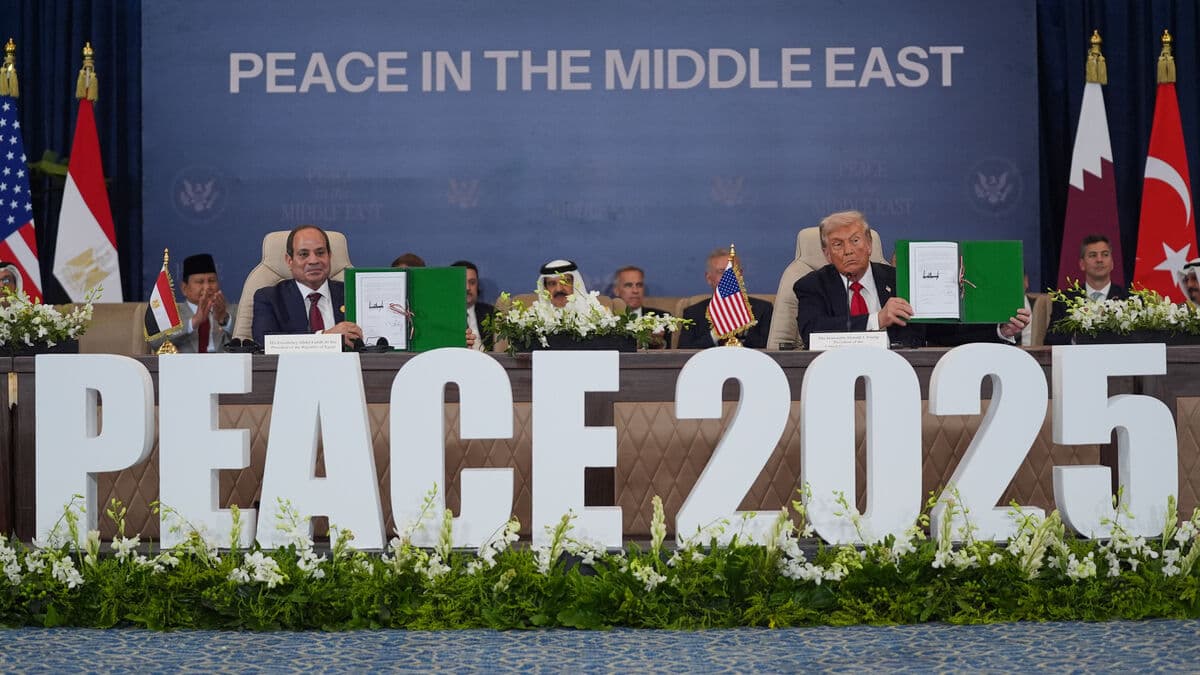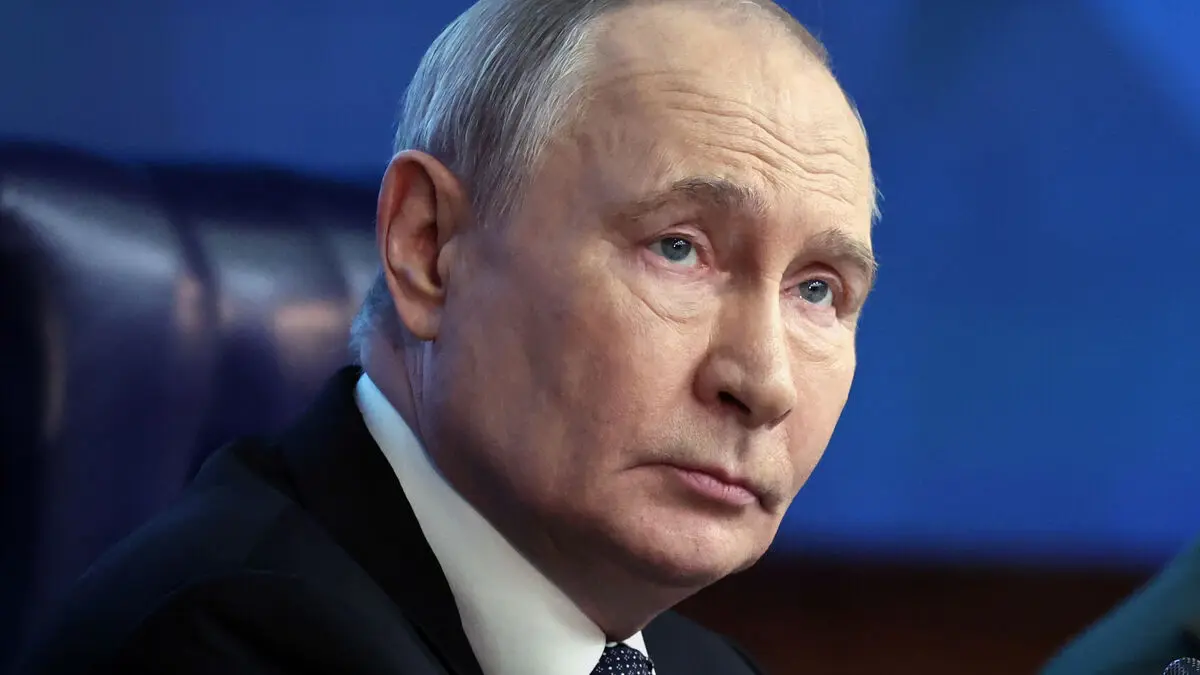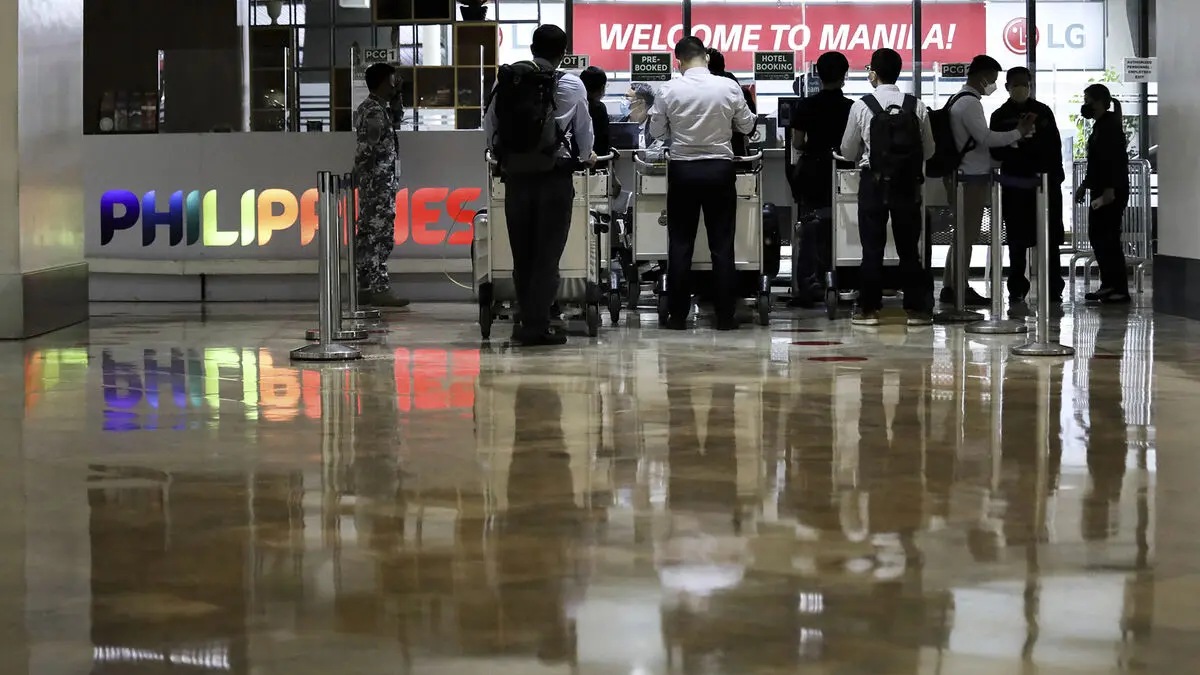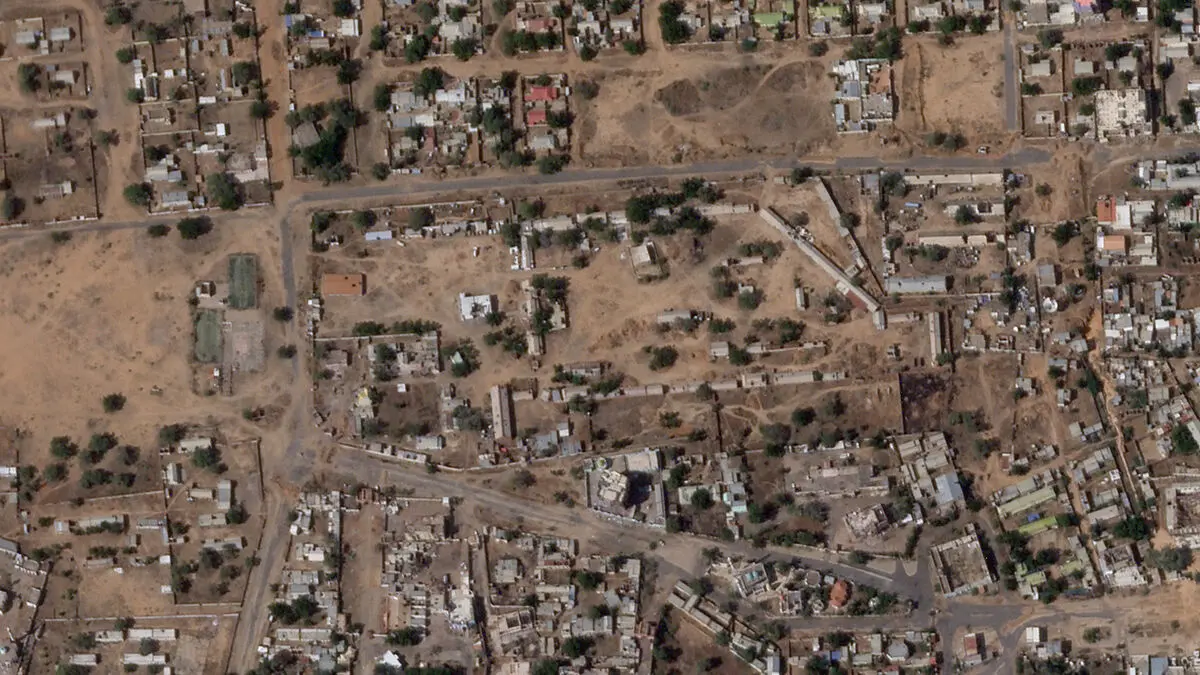A first ceasefire between Israel and Hamas took place already in November 2023, after a month and a half of war. After a week, the war started again.
Several attempts have been made to interrupt the war, but they have lasted at most for a few weeks. Tens of thousands more have been killed, including hostages. The escalation of the past few months has brought the parties to a situation where everyone had something to gain from an agreement.
.
Hamas
The Palestinian Islamist movement is wounded. Almost the entire leadership has been killed and its armed resistance has turned into a kind of guerrilla warfare in urban ruins.
After Israel's attacks on the Lebanese Hezbollah and the Houthi regime in Yemen, and the short war with Iran, Hamas stands alone.
The Islamists have not wanted to disarm or dissolve and have opposed the forms of a transfer of power in Gaza. They have also insisted that hostages will only be released against guarantees of lasting peace.
Last Wednesday, a decisive meeting was held between the US and Hamas in Egypt, writes Axios. Trump's envoy Steve Witkoff made the Hamas leadership understand that the hostages have become "more of a burden than an asset" for them, as Israel is escalating rather than de-escalating.
.
Israel
Israel initially had broad Western support for its response to Hamas' October 7 attacks, but as the death toll rose in a starving Gaza, the country became increasingly diplomatically isolated.
Israel's stated goal was to bring home all the hostages, "destroy" Hamas, and eliminate threats to Israel. But the goalposts have been moved and Prime Minister Netanyahu has become dependent on extreme coalition partners who want to go even harder.
A growing discontent has been expressed in large demonstrations in Israel. More and more Israelis have wanted to see a straightforward peace agreement where all the hostages are released at once. Benjamin Netanyahu is accused of wanting to drag out the war and negotiations for his own power interests.
Next year there will be an election. Netanyahu is accused internationally of war crimes, but is also on trial for corruption at home.
.
USA
Israel's closest ally, the US, has vetoed resolutions on a ceasefire six times in the UN Security Council.
In January, when Joe Biden handed over the presidency to Donald Trump, a ceasefire was in place. The US had mediated a multi-step plan, largely similar to today's, in cooperation with the Trump camp.
However, the plan only reached the first phase. Israel resumed the war with full force after a few weeks, and Trump had few objections. Arms deliveries were resumed, and he openly argued for a Gaza completely without Palestinians.
Months of escalation followed. Israel conducted a short war with Iran and a new ground offensive in Gaza, and finally carried out an attack in the mediating country Qatar. That's when Trump's patience ran out.
The surprising attack on Qatar was decisive for a breakthrough, according to involved sources for international media: Trump's message to Netanyahu was that this was the "victory" that was offered, and that he was saving him for the last time.
US President Donald Trump's plan for peace in Gaza consists of 20 points.
They were worked out in consultation with several influential countries from the Arab and Muslim world. Trump then met with Israel's Prime Minister, who accepted the proposal, with some minor adjustments.
The proposal primarily means an immediate end to the war, the release of all hostages held by Hamas, independent distribution of emergency aid to Gaza's population, a gradual withdrawal of Israel's military, and the disarmament of Hamas.
After that, a technocratic transitional government will take over in Gaza, with international forces on the ground and a governing council where Donald Trump is the chairman. Gaza "will be a deradicalized, terror-free zone that does not pose a threat to its neighbors" and will be rebuilt "for the benefit of Gaza's population".





